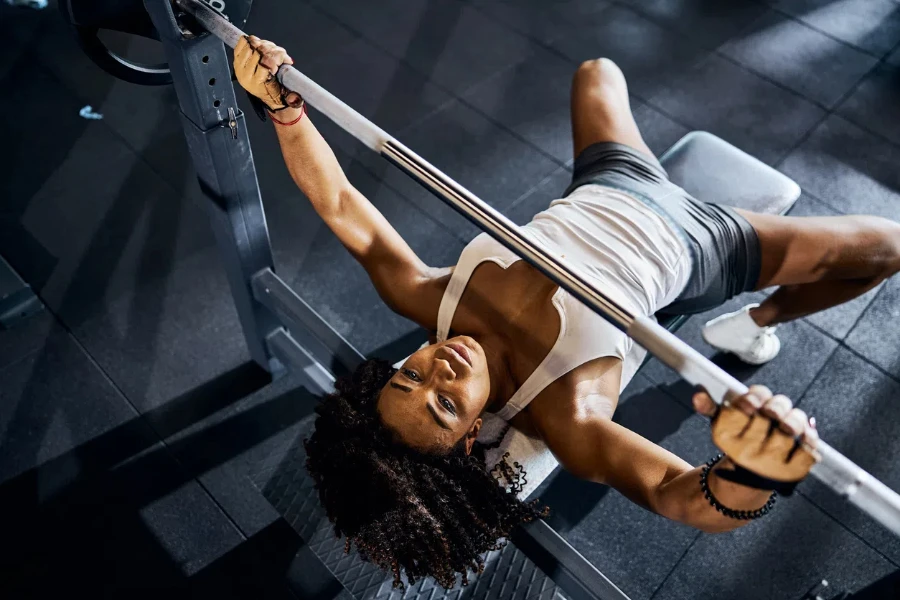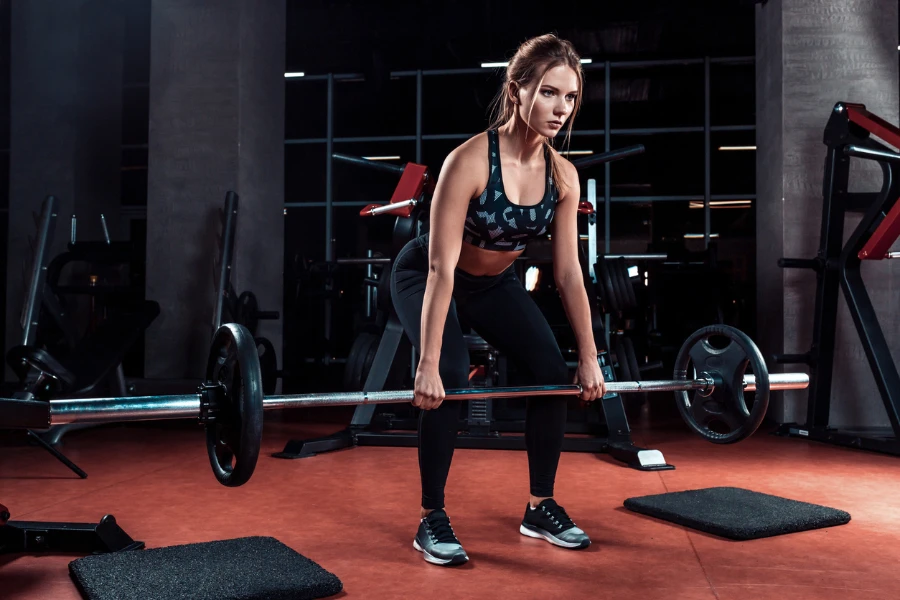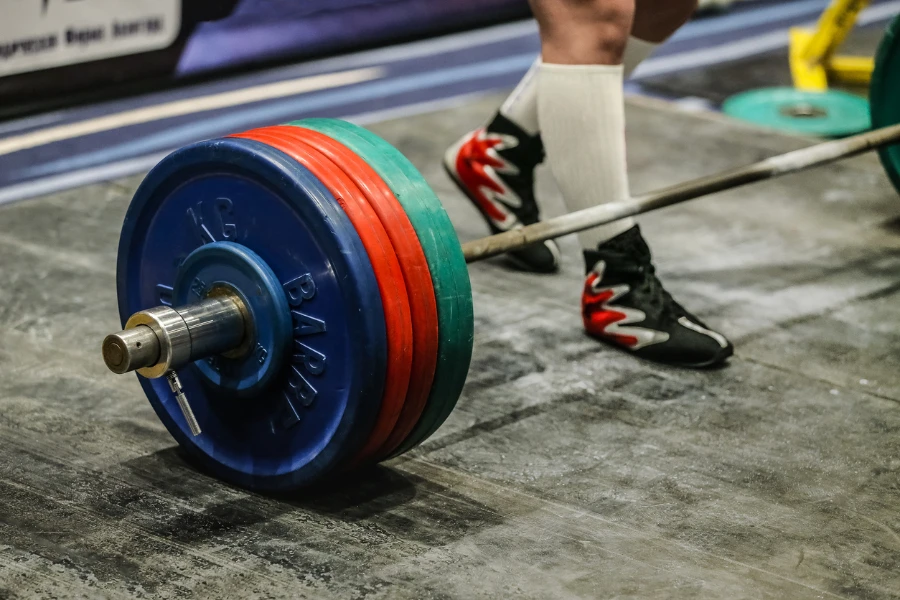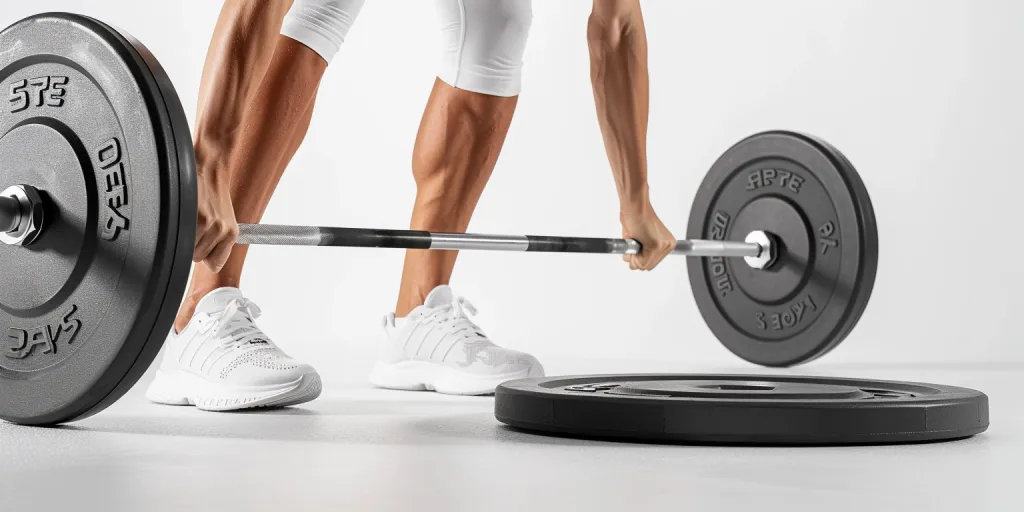The trap bar deadlift, a variation of the classic deadlift, has gained popularity among athletes and fitness enthusiasts for its unique benefits and reduced risk of injury. By using a trap bar, also known as a hex bar, individuals can maintain a more upright posture, which can alleviate stress on the lower back. This article delves into the intricacies of trap bar deadlifts, exploring their advantages, technique nuances, muscle engagement, safety considerations, and how to incorporate them into your workout regimen.
Table of Contents:
– Benefits of trap bar deadlifts
– Proper technique and form
– Muscles worked by trap bar deadlifts
– Safety tips for trap bar deadlifts
– Incorporating trap bar deadlifts into your routine
Benefits of trap bar deadlifts:

Trap bar deadlifts offer a plethora of benefits that make them a valuable addition to any training program. Firstly, they allow for a more natural movement pattern, which can be especially beneficial for individuals with mobility restrictions or previous injuries. Additionally, the design of the trap bar enables a higher load to be lifted, potentially leading to greater strength gains. Lastly, this exercise variant can contribute to improved posture and balance, essential components for athletic performance.
Proper technique and form:

Mastering the technique of the trap bar deadlift is crucial for reaping its benefits while minimizing the risk of injury. Start by positioning yourself at the center of the trap bar, with feet shoulder-width apart. Bend at the hips and knees to grasp the handles, ensuring your back remains straight and chest up. Drive through your heels to stand up, keeping the bar close to your body. At the top of the movement, engage your glutes and then carefully lower the bar back to the starting position. Remember, the focus should be on form over weight to maximize effectiveness and safety.
Muscles worked by trap bar deadlifts:

The trap bar deadlift is a compound exercise that engages multiple muscle groups simultaneously, making it an efficient workout choice. Primarily, it targets the posterior chain, including the glutes, hamstrings, and lower back. Additionally, it involves the quadriceps, forearms, and traps, providing a full-body workout. This comprehensive muscle engagement can enhance overall strength and athletic performance, highlighting the exercise’s versatility.
Safety tips for trap bar deadlifts:

While trap bar deadlifts are generally considered safer than their traditional counterparts, adhering to safety precautions is still essential. Always warm up thoroughly before lifting to prepare your muscles and joints. Begin with a lighter weight to perfect your form before progressively increasing the load. Avoid locking your knees at the top of the lift, and keep your movements controlled and deliberate. By following these guidelines, you can help prevent injuries and ensure a productive workout.
Incorporating trap bar deadlifts into your routine:

Incorporating trap bar deadlifts into your workout regimen can provide a fresh stimulus for muscle growth and strength development. Start by including them once a week, focusing on moderate weight and high-quality repetitions. As you become more comfortable with the movement, you can adjust the frequency, volume, and intensity to align with your fitness goals. Whether you’re looking to enhance athletic performance or simply build a stronger, more balanced physique, trap bar deadlifts can be a valuable tool in your training arsenal.
Conclusion: The trap bar deadlift is a versatile and effective exercise that offers numerous benefits for athletes and fitness enthusiasts alike. By focusing on proper technique, engaging the right muscles, and adhering to safety guidelines, individuals can leverage this exercise to enhance their strength, posture, and overall athletic performance. Incorporating trap bar deadlifts into your routine can provide a refreshing and productive variation to your workouts, paving the way for continued progress and achievement in your fitness journey.




